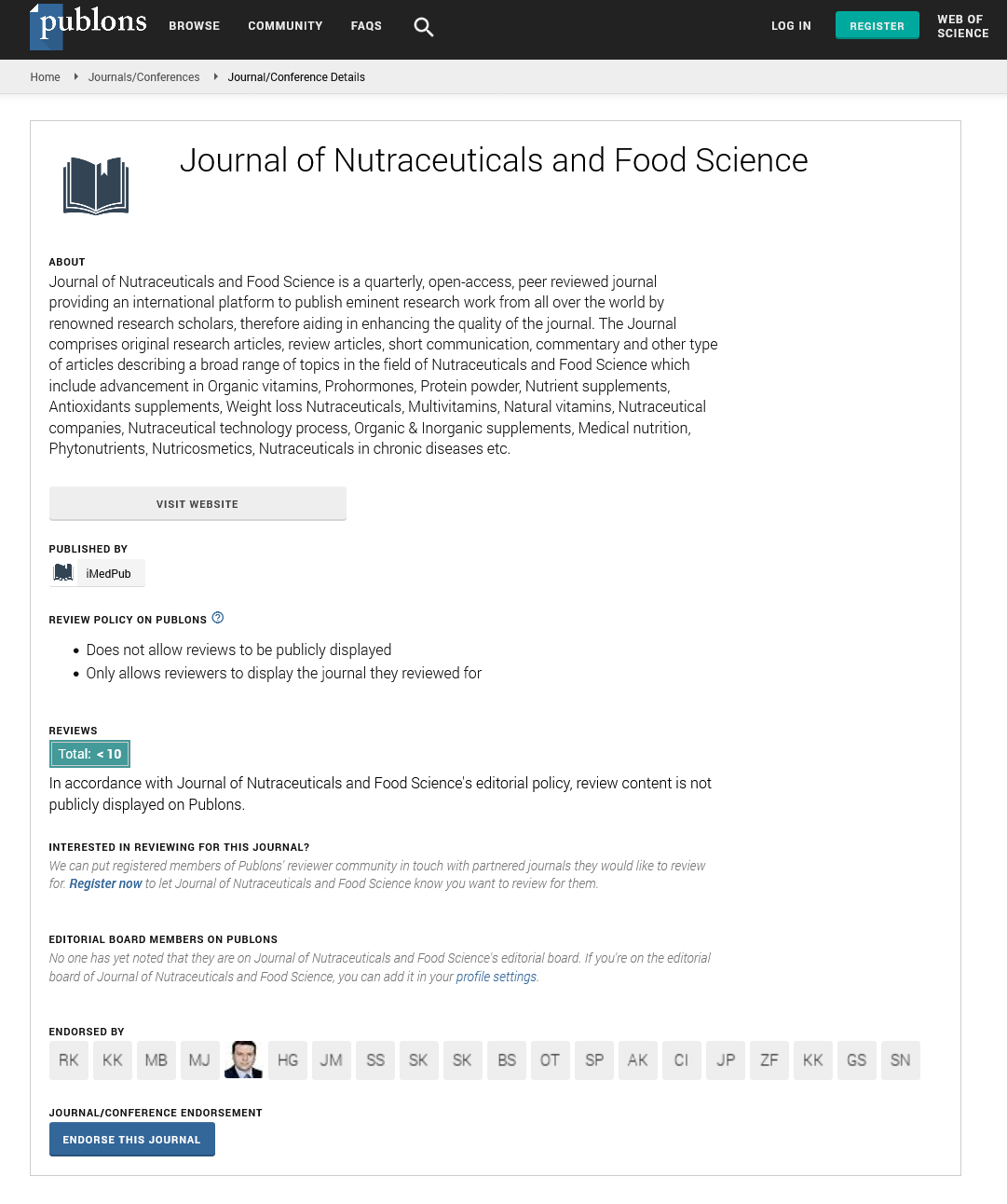Abstract
Induction of the Glutathione Antioxidant Response/Glutathione Redox Cycling by Nutraceuticals: Mechanism of Protection against Oxidant-induced Cell Death
The “Mitochondrial Free Radical Theory of Aging” (MFRTA) hypothesizes that reactive oxygen species (ROS) arising from aged and/or defective mitochondria are associated with the pathogenesis of various age-related diseases. The glutathione antioxidant response, in particular glutathione redox cycling, is a critical mechanism for protection against ROS-induced cell death. Over the past few decades, a number of phytochemicals [such as curcumin, epigallocatechin gallate (EGCG), resveratrol and schisandrin B (Sch B)], which all possess the ability to elicit a nuclear factor (erythroid-derived 2)-like 2 (Nrf2)-mediated antioxidant response, have been identified. Despite the fact that these phytochemicals can produce cyto/tissue protection against oxidant-induced injury in various types of cultured cells/rodent tissues, the underlying protective mechanism can vary. While curcumin, EGCG and resveratrol likely confer cytoprotection via the activation of glutathione S-transferase and glutathione peroxidase, Sch B is thought to produce its protective effect via the induction of glutathione redox cycling, which is of primary importance in preventing cell death. Recent studies have suggested that the electrophilicity of phytochemicals and/or their metabolites determines their ability to activate Nrf2 by the oxidative modification of a cysteine residue on the repressor of Nrf2 [namely, Kelch-Like ECH-Associated Protein 1 (Keap1)]. The differences in structures of phytochemicals could produce differential accessibility to this critical cysteine residue of Nrf2/Keap1, presumably leading to varying degrees of Nrf2 activation and antioxidant gene expression. In the hope of developing safe and effective interventions for protection against oxidant-induced injuries, further studies are required to define the protective mechanism(s), particularly the array
Author(s):
Pou Kuan Leong and Kam Ming Ko
Abstract | Full-Text | PDF
Share this

Google scholar citation report
Citations : 393
Journal of Nutraceuticals and Food Science received 393 citations as per google scholar report
Journal of Nutraceuticals and Food Science peer review process verified at publons
Abstracted/Indexed in
- Google Scholar
- Publons
- Secret Search Engine Labs
Open Access Journals
- Aquaculture & Veterinary Science
- Chemistry & Chemical Sciences
- Clinical Sciences
- Engineering
- General Science
- Genetics & Molecular Biology
- Health Care & Nursing
- Immunology & Microbiology
- Materials Science
- Mathematics & Physics
- Medical Sciences
- Neurology & Psychiatry
- Oncology & Cancer Science
- Pharmaceutical Sciences


